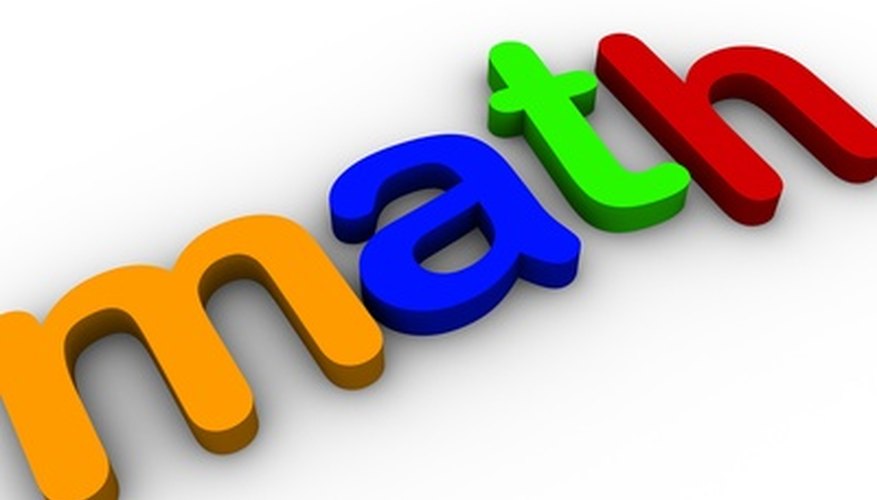Children and adults learn the best when they are having fun. By making a math board game you can encourage children to like math while also reinforcing some necessary skills. Math board games can be made using a simple design and basic math or by adding twists and turns and complicated math problems. Consider the abilities of your players before designing a board.
- Children and adults learn the best when they are having fun.
- By making a math board game you can encourage children to like math while also reinforcing some necessary skills.
Measure out the game board on your foam core. The foam core should be the thickness of a board game. Use a pencil and a ruler to draw out the size and cut lines. A good game board size is two feet by two feet, but you may want it larger or smaller. You could even do odd shapes like a rectangle or circle. Using your ruler as a guide, cut the board shape with your craft knife.
Draw the board on your white paper using a fine point marker. This will be the frame for your board and you will cut along it later and paste it on the foam core.
- Draw the board on your white paper using a fine point marker.
Draw even boxes on the paper. These boxes can go around the edge of the board or in any patter you desire. A good box size is two inches by two inches. Pencil them out first and then go over them with your marker and ruler. If you want to have a more complicated board game you can have the boxes branch off in separate paths. There should be a starting and ending point for the boxes.
Write "start" and "finish" on the first and last boxes. This will indicate where the game will begin and end. On the other boxes write obstacles and assists. Some ideas are "move forward two steps," "go back to start," "roll again," and "trade places with your opponent." You can add challenging, bonus math problems to some squares. Colour the boxes and board game any way you desire. You can use pencil crayons to softly colour in the squares without blurring the writing.
- Write "start" and "finish" on the first and last boxes.
- You can add challenging, bonus math problems to some squares.
Cut out the board game using your scissors. Keep the edges even and smooth.
Spray the board with adhesive and carefully press the game paper on top. Allow it to dry according to package instructions.
Cover the board game with laminate paper. Do this slowly and carefully. You only get one shot with the laminate paper as it will stick immediately and bubbles and creases easily. Smooth it out and trim the edges flush with the board.
- Cut out the board game using your scissors.
- Smooth it out and trim the edges flush with the board.
On the underside of the board use a paper to make a line straight down the middle of the board from top to bottom. Repeat from side to side so the board has four even squares. Use your cutter to cut along the lines. Cut straight through the board making sure to cut cleanly through the board paper and laminate paper. Doing this will allow you to fold your board up later.
Tape the board back together. Use clear, flexible tape where you want an inside seam and soft, cloth tape where you want an outside seam. You may want to test the seams on a separate piece of paper so you can see if you are taping them so the board will fold properly. The board is now completed.
- On the underside of the board use a paper to make a line straight down the middle of the board from top to bottom.
- You may want to test the seams on a separate piece of paper so you can see if you are taping them so the board will fold properly.
Play the game with dice, math flash cards and tokens. Put the tokens at the starting point and roll the dice. Whoever gets the highest number goes first. They move forward the amount of steps they rolled and if that square has a message they do what it says. Every time they land on a square the played has to pick a math flash card and answer the problem appropriately before they can move forward. Whoever gets to the finish line first wins.
TIP
Try mimicking a favourite board game like Monopoly or Sorry. You can add play money to the game if you are playing a Monopoly-style game. Add math problems to the squares as well as obstacles. Consider making a board game that focuses on one type of math like the multiplication table.
